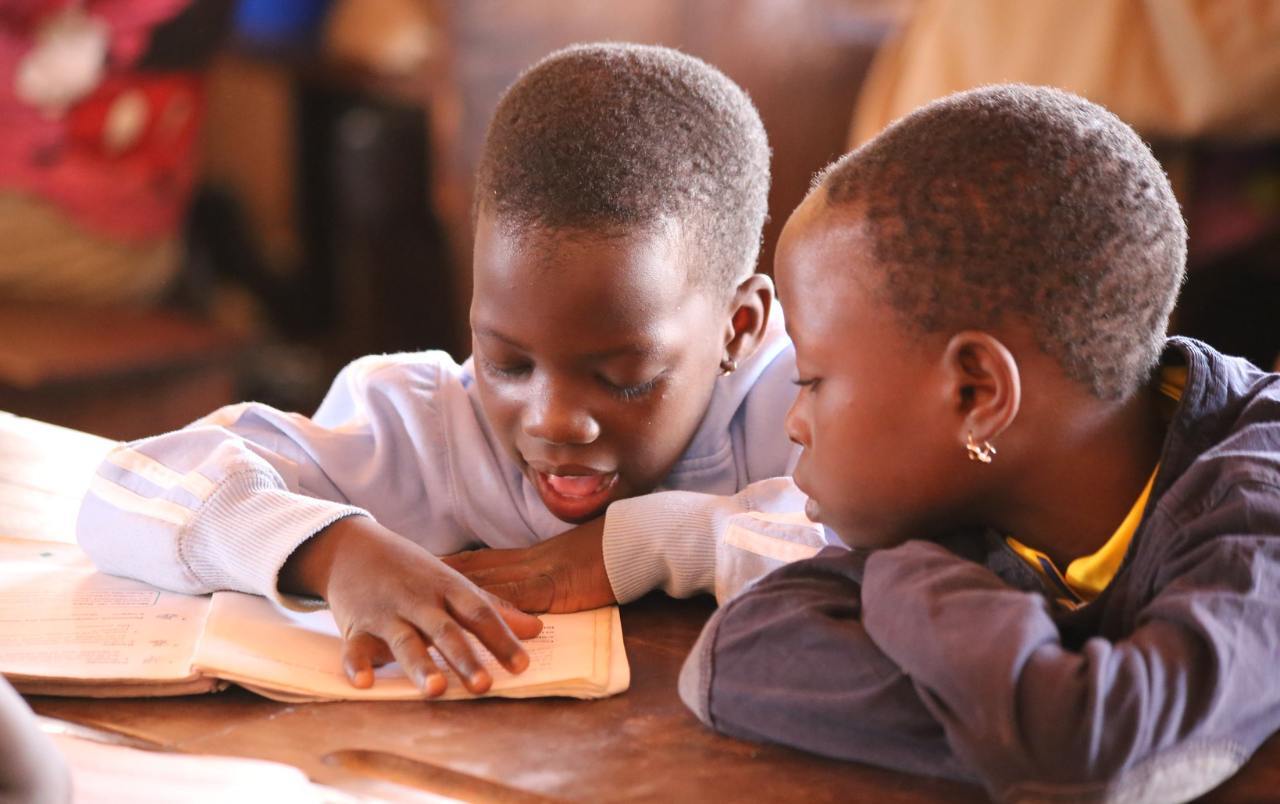What governance trends emerged during the pandemic, and what are their implications for the achievement of the SDGs?
During an interview round in Northern Benin, I met Ikema, a 12-year-old girl. She is in a garden helping her father in the field. Ikema should be in high school this year, but she never returned since the advent of the COVID-19 pandemic. Her father claims that because she failed her certificate of primary education last year, he doesn’t have money to spend on her studies. Ikema’s case exemplifies one of rural Benin’s numerous educational absences since the pandemic.
The government adopted distance learning through traditional media to limit the spread of the virus. Courses were broadcast on the national radio and the ORTB television channel. However, like Ikema, many students in rural Benin could not access classes. Their areas have limited television coverage or even a complete lack of electricity. These infrastructural challenges in rural areas increase educational inequalities between poor and non-poor regions.
The State of Educational Inequality in Benin
In Benin, primary education is mandatory and spans six years for children aged 6 to 11. The Ministry of Pre-school and Primary Education is responsible for implementing the policies to reach Sustainable Development Goal 4 on primary education. In 2006, the Ministry implemented a free primary education program for all students in public schools. With its introduction, the number of enrolled students increased drastically. However, since 2015, enrolment in public schools started to decrease in favour of private schools. The reason is the low learning performance in public schools.
Educational inequality in primary schools was already high in Benin before the Covid-19 pandemic. Differences between poor and non-poor locations essentially drove it. During the health crisis, the Beninese government opted for distance learning using radio, television and the internet. Yet, the limited access to digital technologies in public schools may have increased inequalities. Thus, investing in Information, communication and Technology (ICT) infrastructures can help close educational gaps.
How can Digital Technology tackle educational inequality?
It is increasingly recognised by researchers, governments and educators around the world that digital technology presents many opportunities for teaching and learning and may help tackle inequality in primary education. Like other developing countries, Benin has experienced a rapid expansion of the internet. Internet penetration stood at 28.4% in 2021. Still, the country must catch up regarding integrating ICTs into schools’ programs.
Most primary schools in Benin do not have access to computers. Consequently, the students’ ICT literacy is low. They cannot take advantage of the unlimited information on the internet. This situation is more prevalent in public schools. Indeed, some private schools have included ICTs in their curriculum, but digital literacy needs to improve fast.
The government should invest more to provide ICTs in primary schools. In parallel, we advise that the Beninese Ministry of Primary Education emphasises including ICT subjects in schools’ curricula. Electricity companies, mobile networks and internet service providers should be encouraged to improve services and make them more affordable. To achieve this, the government could reduce taxes associated with these services. Finally, the government should create libraries and computer centres in rural areas. It would enable students to get access to digital devices and information.
About the SVSS initiative
This article is part of Southern Voice’s “State of the SDGs” initiative. It provides evidence-based analysis and recommendations to improve the Sustainable Development Goals (SDGs) delivery. As a collaborative program, it compiles a broad range of perspectives usually missing from international debates. The report aims to fill an existing knowledge gap, enriching the SDG discussions and levelling the playing field with new voices from the Global South.
Text editor: Gabriela Keseberg Dávalos


